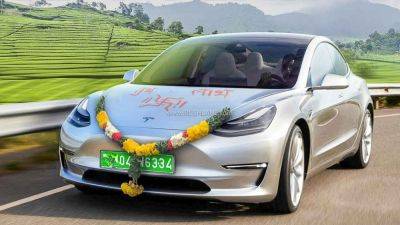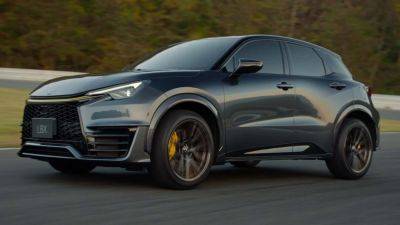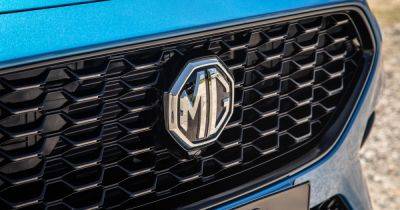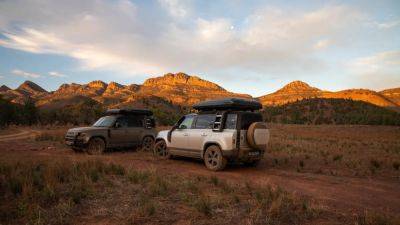How to drive like an F1 pro
This story was first published in 2013. As the 2024 Australian Grand Prix draws close, now's the time to revisit those racing driver dreams.
I’ve never bought that, but Nico Rosberg does have a fat-free, lean tautness that’s the physical hallmark of his trade as he enters the lobby of the Mercedes AMG F1 plant in Brackley, Northamptonshire, where we begin our chat before being ushered towards a waiting Mercedes-Benz S-Class.
It’s today’s interview location, taking us to the Mercedes engine facility in Brixworth, where Rosberg is needed for a TV feature. It’s 50 kilometres away. Far enough, I’m hoping, for him to tell me what it takes to make a Formula 1 car go as quickly as possible.
To explain to me the techniques needed to get the best out of it. Not that you or I could do it, you understand – but in the way that a surgeon might explain the procedure he has just accomplished, I’m hoping to comprehend the theory.
I’m not sure he thinks he can, but he’s prepared to have a go.
I start by asking what the driving environment is like and what he can see from his F1 car’s cockpit. “You can see the top of the tyres,” he says. “You can see maybe 20 metres ahead, and nothing before that. But you don’t notice that because you’re travelling so fast.”
The HANS device doesn’t restrict your head movement at all, he says. “You can turn your head as much as you want to.
But there is quite a big blind spot because you can’t see a car until very late.”
The pedals are the same size, the brake unassisted and the throttle relatively heavy. The seating position is tight, narrow and leant backwards. The steering is direct and fast.
“There’s 180 degrees [of lock] one way and the other way, more or less,” Rosberg says. “But you never use that, other than in Monaco. Usually, you’re using a little bit – up to 90 degrees both sides.”
And the weight? “You can set it up as you want – you need to keep some heaviness to keep some feel to it, but it’s quite light in general. You need feedback through the steering wheel, because it’s very sensitive to when you’re locking up and turning. There’s more feel [than in a good road car] – loads more.”
So what about these corners, then? They’re the







